
What exactly is ocular migraine and what are the symptoms?
Ocular migraine is a migraine that affects the eyes (usually one at a time) and vision. Even though it might sound a bit strange, the fact is that this type of migraine does not necessarily have a headache as an accompanying symptom, which is why many doctors call it migraine without a headache. The problems that those who experience ocular migraine might face with are visual problems such as image distortion, and even temporary loss of sight, as well as pain around the eye, nausea, vomiting or double vision. Visual symptoms do not last long and generally, disappear quickly, but other symptoms that are not visual in nature are also possible and some of them might be present for days. These symptoms include numbness, tingling, thirst, loss of appetite, chills, confusion, head pain, slurred speech and problems with moving.
However, the symptom that helps in recognizing and identifying this type of migraine is called aura, which refers to visual disturbance, because the person in question will probably complain of seeing flashing lights, blind spots, dots, or wavy lines. It has been proven that at the very moment of ocular migraine the patient has reduced blood flow in the eye.
What causes it and can it be treated?
The fact is that the real cause of ocular migraine has not been proven, but some factors that contribute to migraine attacks are stress, excessive consummation of alcohol, or even hunger. This is why the treatment primarily consists of avoiding these factors. A number of people who suffer from this type of migraine stated that resting in a quiet and darkened room is beneficial, and that analgesics might also help if taken immediately. However, those who experience the attacks for more than three times during a month will have to rely on the treatment that includes Aspirin, propranolol or amitriptyline. As for alternative methods of treatment, it is claimed that biofeedback provides a significant help, so it should be given a try.
These migraines have a tendency to begin early in the morning, and usually begin with intense pain that spreads and reaches the most severe stage either in minutes or an hour. Ocular migraines have to be treated asap, otherwise, they could last for days.



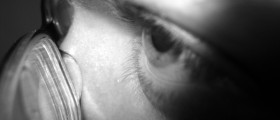




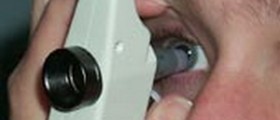
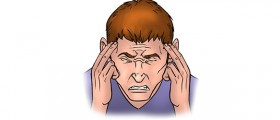

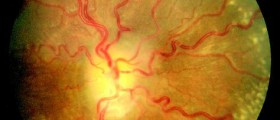
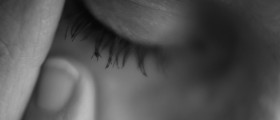

Your thoughts on this
Loading...